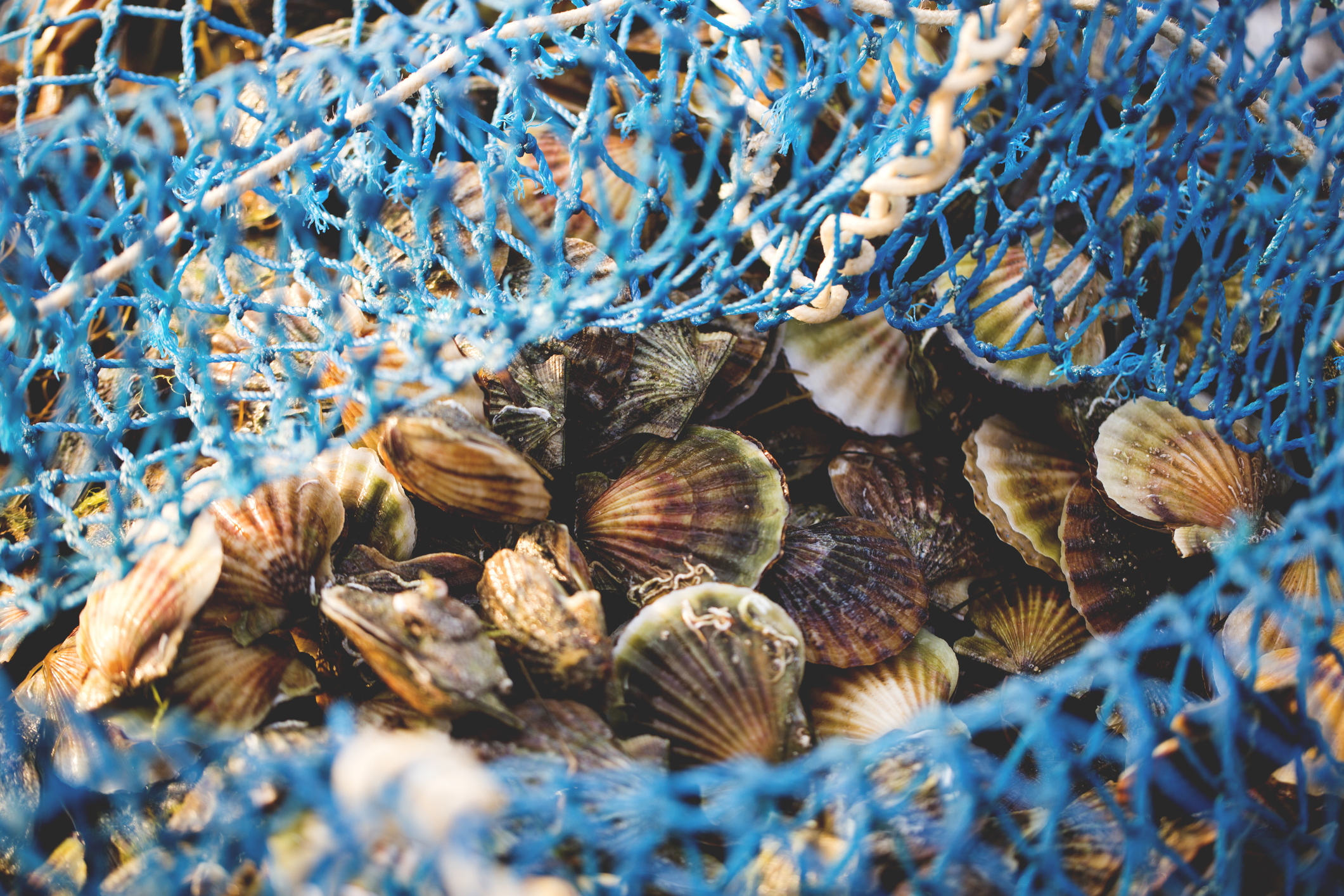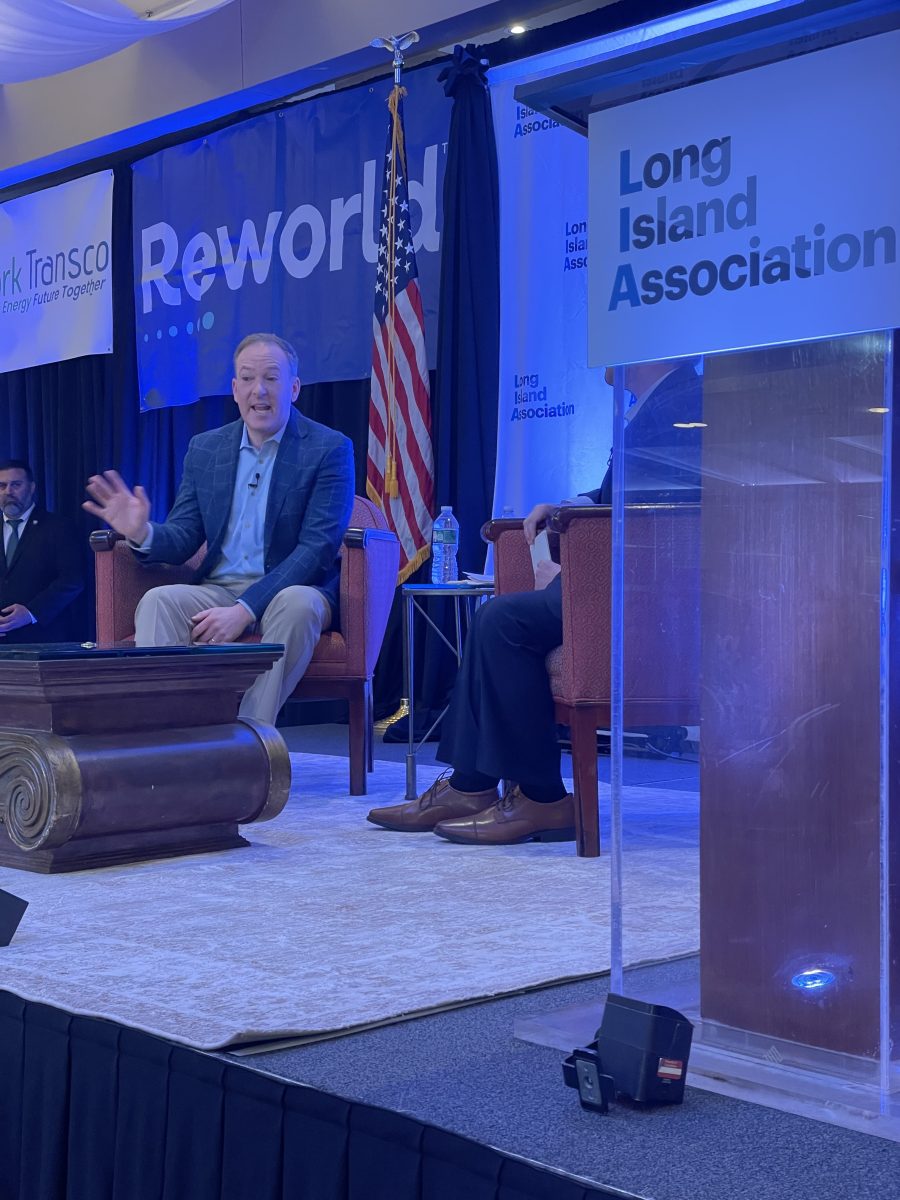Experiment Will Test If Scallops Spawned in Fall Can Save Peconic Bay Fishery

Marine biologists trying to save the struggling Peconic Bay scallop fishery are experimenting to see if a shift in its shellfish hatchery spawning from summer to fall will help prolong survival.
Bay scallops typically spawn once in the summer during their second year of life. But in October and November, the Cornell Cooperative Extension (CCE) of Suffolk’s Marine Program conducted two successful spawns that resulted in about 30,000 young scallops that are now in its production hatchery in Southold.
“It’s promising to produce fall-spawned scallops, but now we need to see if these scallops will survive better than those we produced in summer,” says Harrison Tobi, a CCE Scallop Program Specialist. “I look forward to getting in the water and working with my team in the months to come to learn if what we’re trying will significantly improve scallop survival.”
The Peconic Bay scallop fishery experienced its fourth-straight mass die-off last summer, according to local scientists. Warming waters, low oxygen levels and bacteria have been blamed for the trend.
This spring, experts will evaluate if the fall-spawned scallops have a better survival rate than those spawned in summer.
The latest efforts are funded in part by the nonprofit Robins Island Foundation and Suffolk County, which has supported the efforts since 2005.
“We are happy to support the critical work of the scientists at CCE on this important initiative,” says Ann Colley, executive director of the Robins Island Foundation. “The scallop fishery is an integral part of both the history and economy of the East End, and we hope that this new approach to spawning is successful, and that Peconic Bay scallops thrive for generations to come.”



